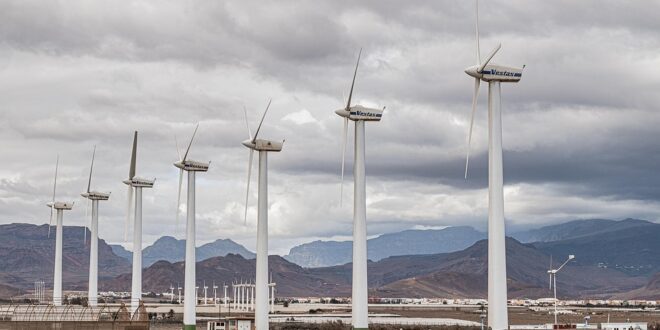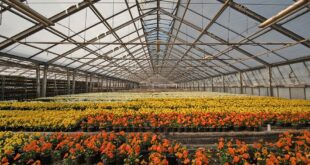Welcome to the Future: Top 10 Climate Innovations!
The future is looking bright for our planet thanks to some incredible advancements in climate technology. From innovative solutions to combat carbon emissions to revolutionary ways of harnessing renewable energy sources, these top 10 innovations are truly saving our planet. Let’s dive into the world of cutting-edge climate technology and explore how these inventions are making a difference.
1. Carbon Capture and Storage (CCS)
One of the most promising solutions for reducing carbon emissions is CCS technology. This process involves capturing carbon dioxide emissions from power plants and industrial facilities and storing them underground, preventing them from entering the atmosphere. CCS has the potential to significantly reduce greenhouse gas emissions and combat climate change.
2. Solar Panels
Solar panels have become increasingly popular for generating clean and renewable energy. By harnessing the power of the sun, solar panels can provide electricity to homes and businesses without releasing harmful greenhouse gases. With advancements in solar technology, these panels are more efficient and affordable than ever before.
3. Wind Turbines
Wind turbines are another valuable source of renewable energy. By using the power of wind to generate electricity, wind turbines can help reduce our reliance on fossil fuels and lower carbon emissions. These towering structures can be found in wind farms across the globe, providing clean energy to communities.
4. Electric Vehicles (EVs)
Electric vehicles are revolutionizing the transportation industry by offering a zero-emission alternative to traditional gas-powered cars. With advancements in battery technology, EVs are becoming more practical and affordable for everyday consumers. By transitioning to electric vehicles, we can significantly reduce harmful air pollution and combat climate change.
5. Green Buildings
Green buildings are designed to be energy-efficient and environmentally friendly. By incorporating features such as solar panels, green roofs, and energy-efficient systems, these buildings can reduce their carbon footprint and lower energy costs. Green buildings are becoming more common in cities around the world, promoting sustainability and reducing environmental impact.
6. Hydrogen Fuel Cells
Hydrogen fuel cells are a promising alternative to traditional fossil fuels. By converting hydrogen gas into electricity, fuel cells can power vehicles and electrical devices without producing harmful emissions. As hydrogen production becomes more efficient and affordable, fuel cells have the potential to revolutionize the way we power our world.
7. Carbon Offsetting
Carbon offsetting allows individuals and businesses to invest in projects that reduce greenhouse gas emissions to offset their own carbon footprint. By supporting initiatives such as reforestation, renewable energy, and carbon capture, we can offset our carbon emissions and help combat climate change.
8. Smart Grid Technology
Smart grid technology is transforming the way we distribute and consume electricity. By utilizing advanced sensors and digital communication, smart grids can optimize energy distribution, reduce energy waste, and integrate renewable energy sources more effectively. This innovative technology is helping to create a more efficient and sustainable energy system.
9. Ocean Cleanup
Ocean cleanup technology is tackling the problem of plastic pollution in our oceans. By deploying floating barriers and collection systems, these inventions can remove plastic debris from the water, preventing harm to marine life and protecting our ocean ecosystems. Ocean cleanup initiatives are making a significant impact in the fight against plastic pollution.
10. Urban Farming
Urban farming is transforming cities into sustainable food production hubs. By growing fruits, vegetables, and herbs in urban spaces, such as rooftops and vacant lots, urban farming reduces food miles, promotes local food production, and decreases the carbon footprint of our food supply. This innovative approach to agriculture is helping to create more resilient and climate-friendly cities.
 Mind Uncharted Explore. Discover. Learn.
Mind Uncharted Explore. Discover. Learn.




